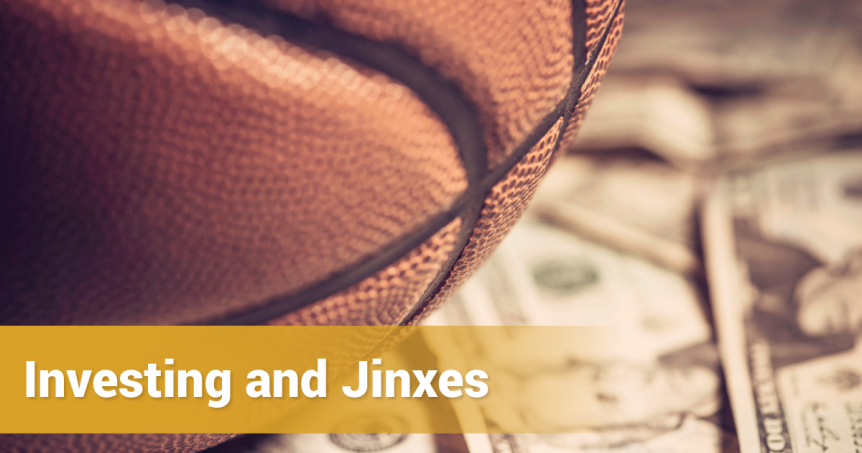The Financial Industry Regulatory Authority (FINRA) has wonderful information to help investors educate and protect themselves. Since it is highly likely that you will at some point be invited to a “free lunch” investment seminar, I think a particularly beneficial article for you is FINRA’s Investor Alert titled, “Free Lunch” Investment Seminars – Avoiding the Heartburn of a Hard Sell.
How Investing is like Sports Illustrated
What do Josh Hamilton, Notre Dame, Peyton Manning, the L.A. Lakers, Tiger Woods and countless others have in common? The Sports Illustrated jinx – a legend that holds that very shortly after an athlete or team appears on the cover of Sports Illustrated, they will fall victim to profoundly bad luck. Proof of the Jinx? Need some proof of the legend? …
The 5 Key Players on a Caregiver’s Team
It‘s been estimated that nearly 66 million people in the United States provide care to a family member. Yet many people feel unprepared and unqualified when they are thrust into the role of a caregiver. Luckily, there are experts who can help you with the myriad of responsibilities, decisions, and feelings involved with taking care of a loved one.
Making Change
by Shelley Seagler Here’s an obvious concept: if you want to change something in your life, change your behavior. Certainly, there is nothing revolutionary or particularly profound about that idea, but for something so blatant, it sure is hard to do. Don’t believe me? Read Alan Deutschman’s, Change or Die. Deutschman states that in situations where someone will surely face …
Shedding Light on Elder Abuse
By 2030, there will be approximately 72.1 million Americans in the over-65 crowd, more than double the number in 2000. As this section of the population grows, so does the very real problem of elder abuse. Elder abuse is inflicting physical, psychological, sexual, or financial harm on a senior adult. It also includes neglect and exploitation. It is currently estimated …
The Numbers Don’t Lie
Once again, DALBAR has released its annual Quantitative Analysis of Investor Behavior. The purpose of this study is to compare the performance of average investors to that of relevant benchmarks. In the image below, you will see that in the 20 year period ending in 2012, the return of the S&P 500 was 8.21%. You’ll also note that the return of the average investor was only 4.25%
Should You Work Longer?
by Shelley Seagler According to the Employee Benefit Research Institute’s (EBRI) Retirement Confidence Survey, only 14% of Americans are very confident that they will have enough money to live comfortably in retirement. If you find yourself lacking confidence about whether or not you have saved enough for retirement, consider pushing back your intended retirement date. You’ve probably have a target …
Snider Method Intro Course
by Shelley Seagler If you’ve ever wanted a sneak peek of our Snider Method course, now’s your chance. We created our free Snider Investment Method Introductory Course to give you an inside look at what we teach in our Snider Method workshops. While our Snider 101 information session is purposefully broad in scope, the intro course zooms in on the …
5 Lesser-Known Snider Method Facts
I’m going to go out on a limb here and assume that if you’ve followed Snider Advisors for any length of time, you’ve probably figured out that the primary objective of the Snider Investment Method is cash flow. You’ve probably also gathered that we believe behavior modification is a key component of successful investing. But I bet there are a few things you may not know about the Snider Method that you should.
Capital Appreciation or Cash Flow
Traditionally, investors have relied on investments based on the objective of capital appreciation. When you’re investing for capital appreciation, you buy an asset in hopes it will go up in price so you can sell it for more than what you paid for it sometime in the future. The profit you make is called capital appreciation.






